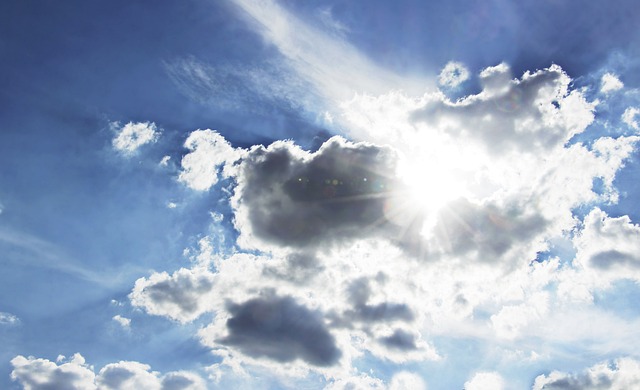Menopause is a natural part of a woman’s life, but the symptoms it brings can be difficult to deal with. Hot flashes, in particular, can be a source of discomfort and disruption. One potential solution to alleviate the symptoms of menopause is Siberian rhubarb.
Siberian rhubarb is a plant that grows in the mountainous regions of Siberia and has been used for centuries to treat a variety of ailments. In recent years, it has gained attention for its ability to alleviate the symptoms of menopause. The plant contains a variety of natural compounds, including phytoestrogens, which can mimic the effects of estrogen in the body. This can help alleviate some of the symptoms associated with menopause, such as hot flashes and night sweats.
One of the main benefits of Siberian rhubarb is that it is a natural alternative to hormone replacement therapy (HRT). HRT is a common treatment for menopause, but it can come with a variety of side effects and risks. Siberian rhubarb, on the other hand, is a natural and safe alternative that can help alleviate the symptoms of menopause without the same risks.
Another benefit of Siberian rhubarb is that it can help improve bone density. After menopause, women are at an increased risk of osteoporosis, a condition in which bones become weak and brittle. The phytoestrogens in Siberian rhubarb can help improve bone density, which can reduce the risk of osteoporosis.
In conclusion, Siberian rhubarb is a natural and safe alternative to hormone replacement therapy that can help alleviate the symptoms of menopause, including hot flashes and night sweats. It can also improve bone density and reduce the risk of osteoporosis. If you are experiencing symptoms of menopause, consider giving Siberian rhubarb a try.



